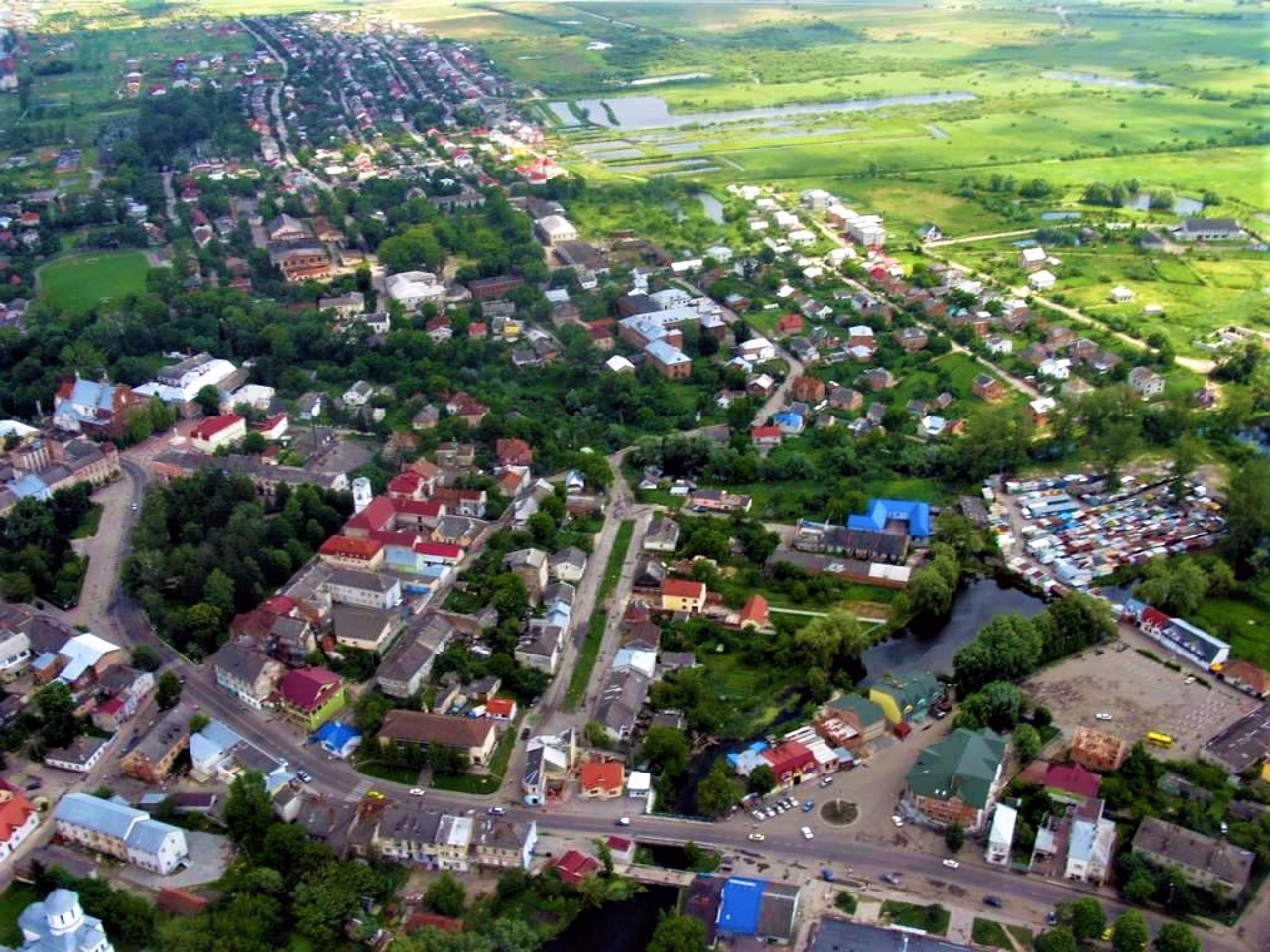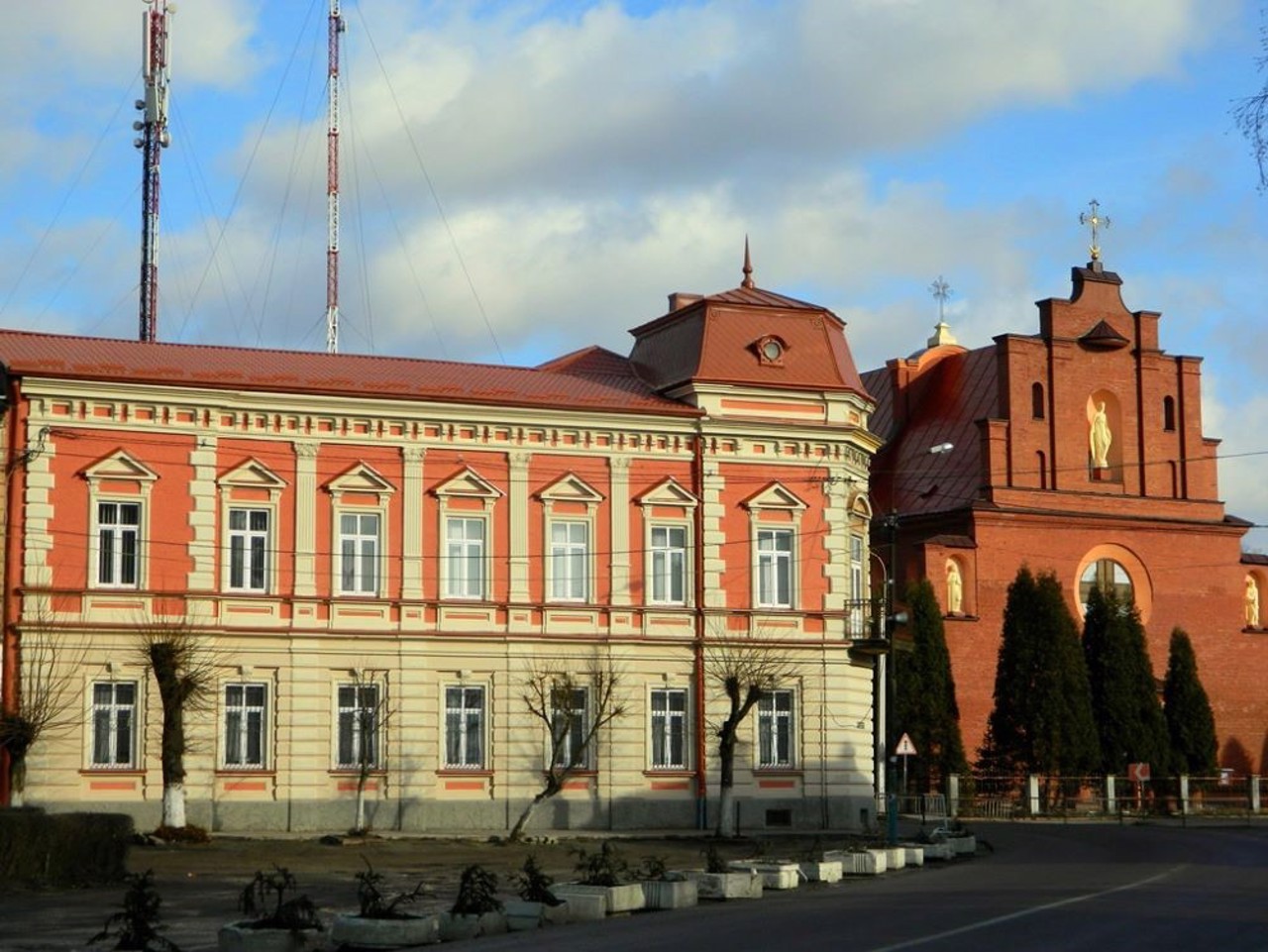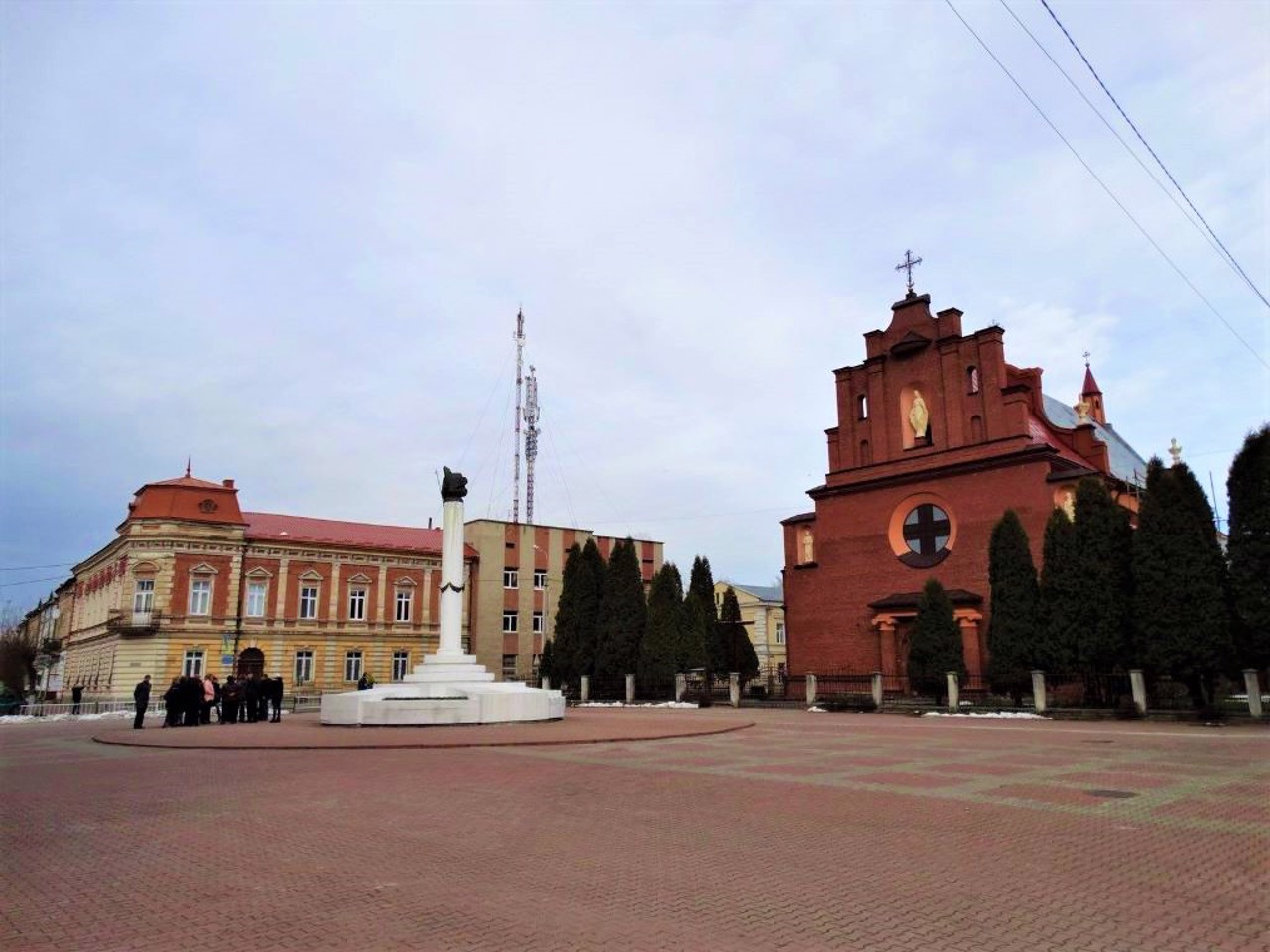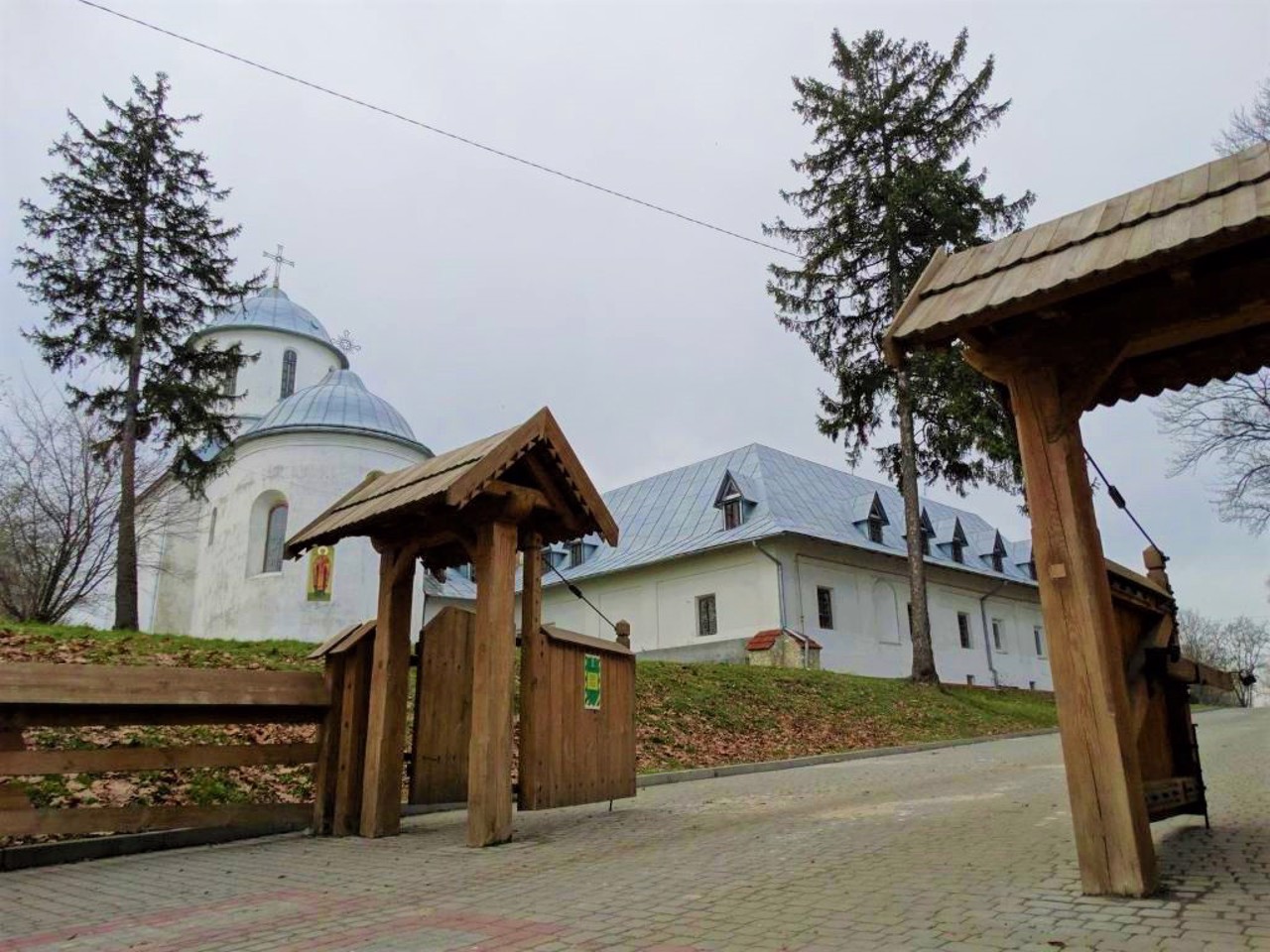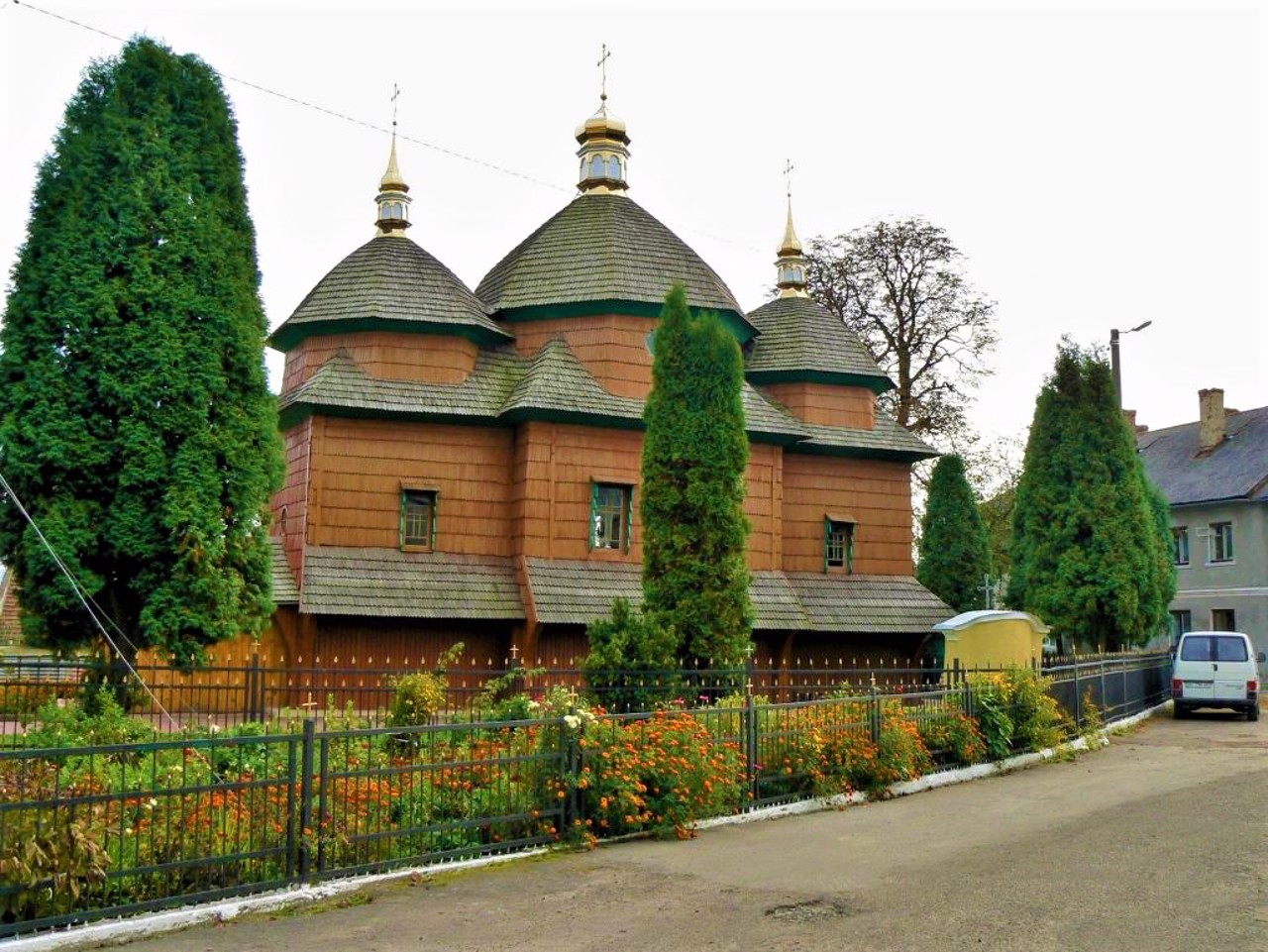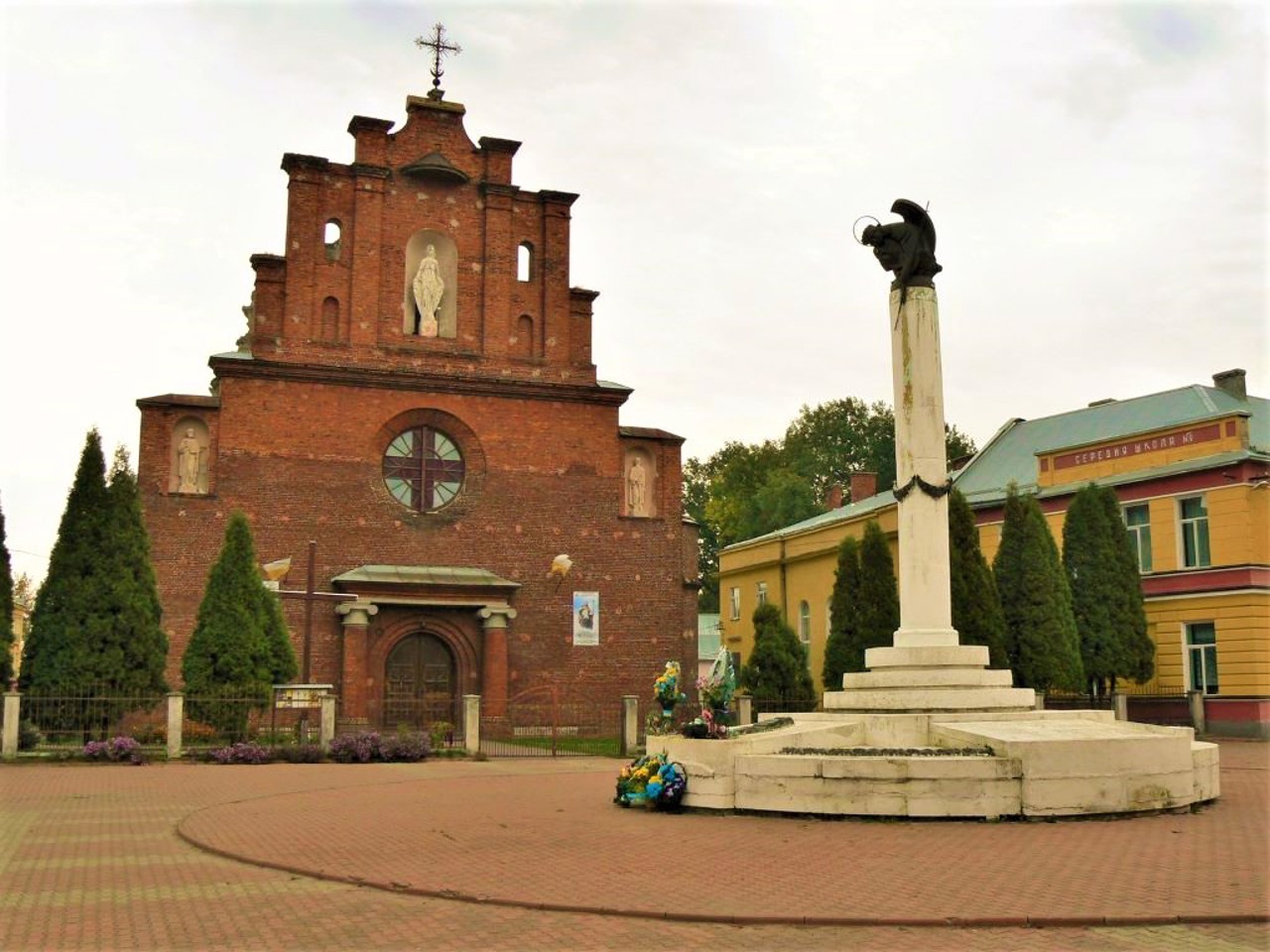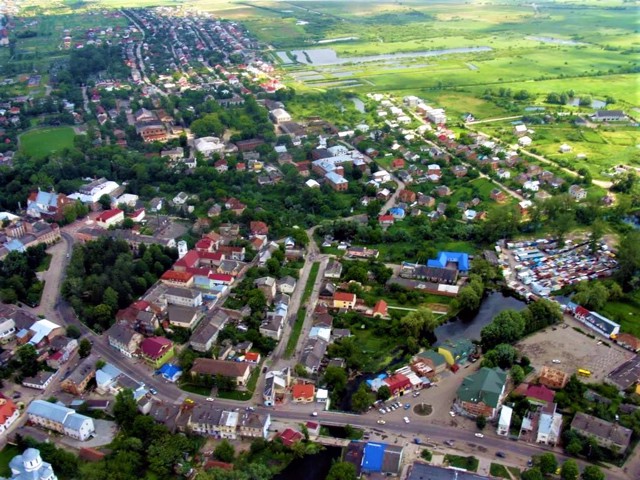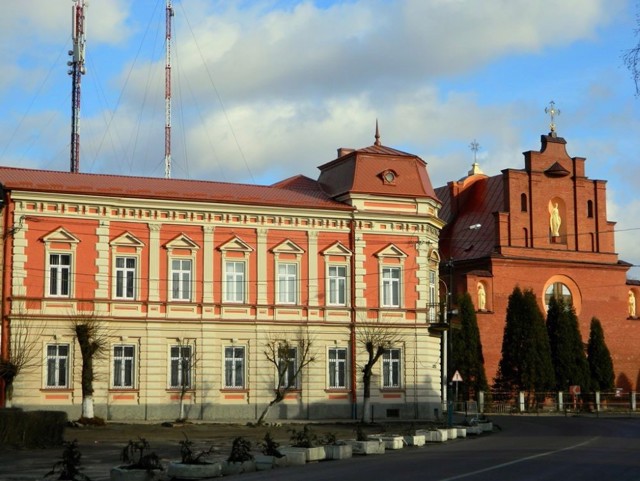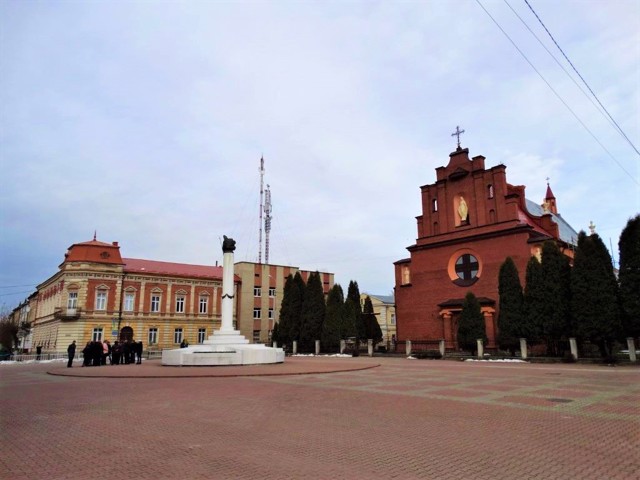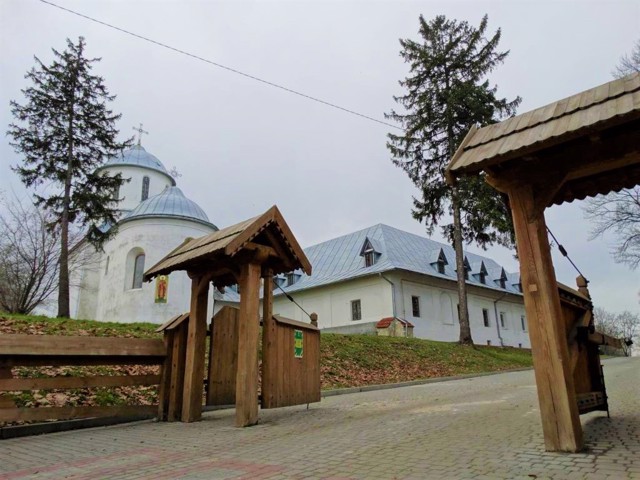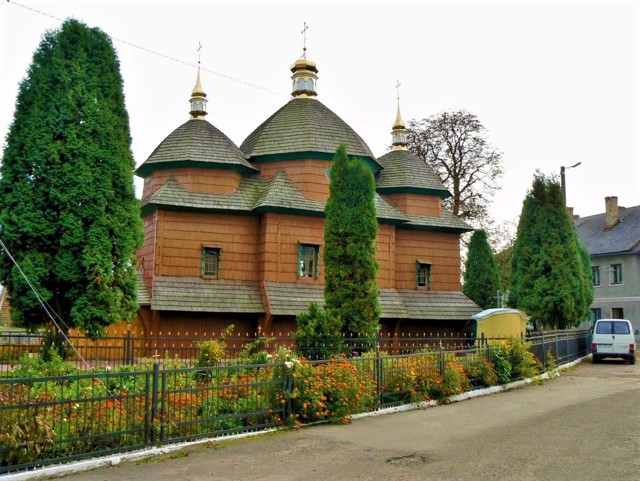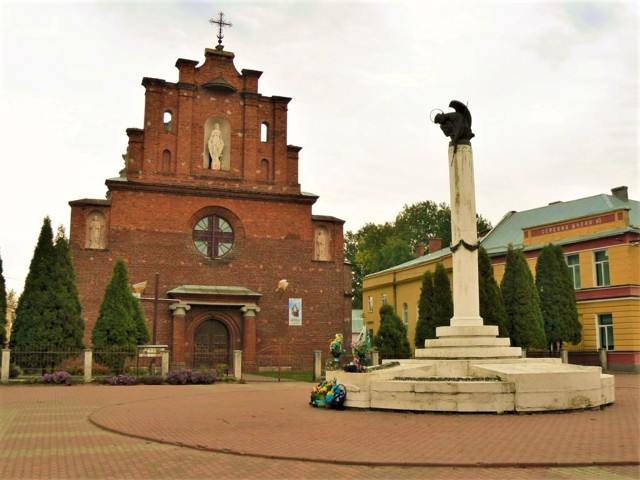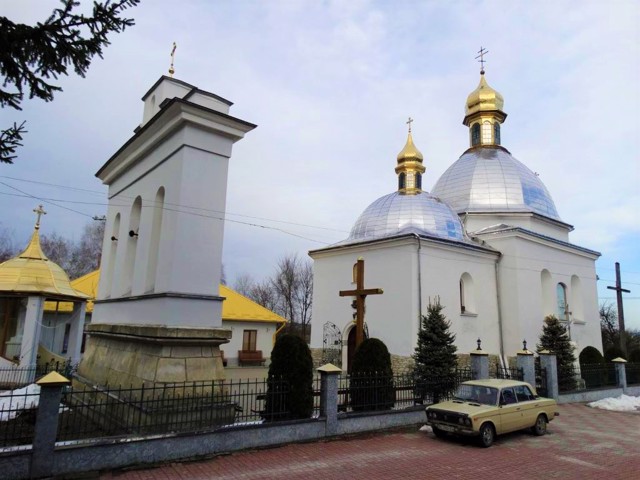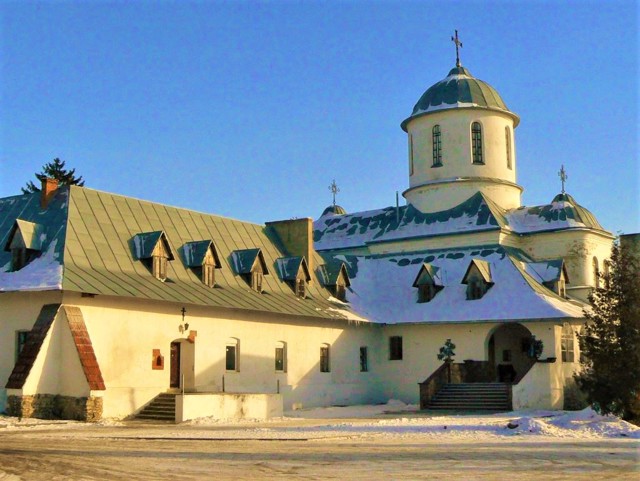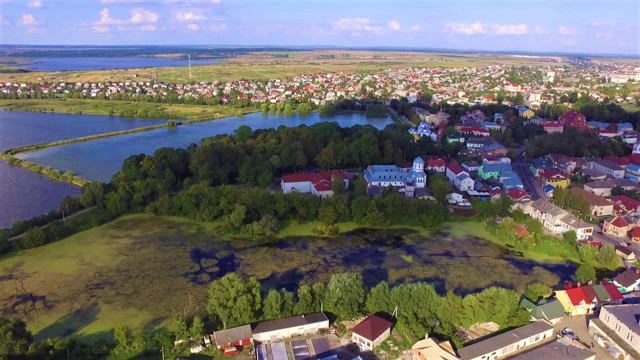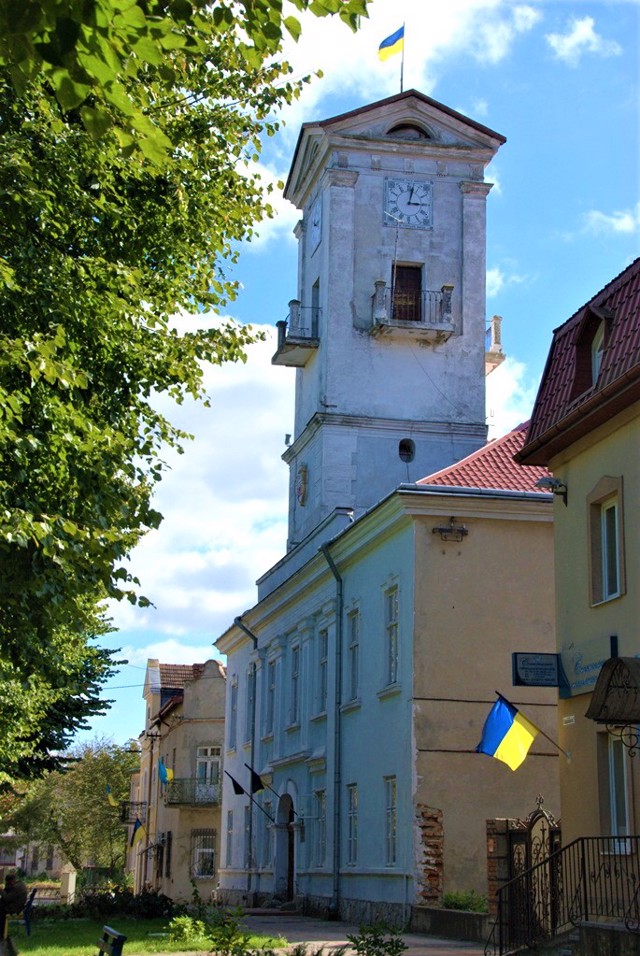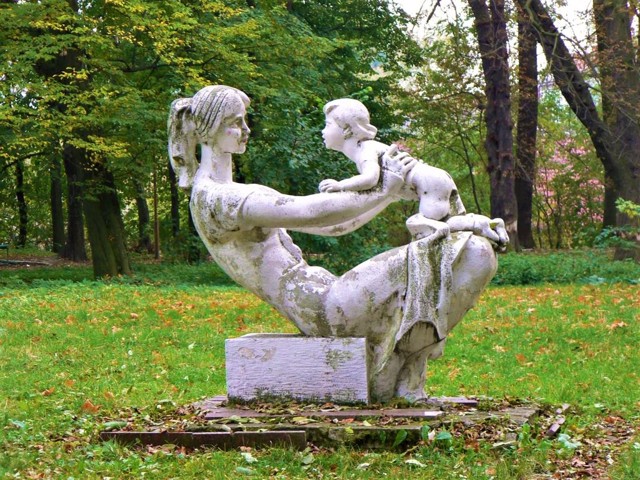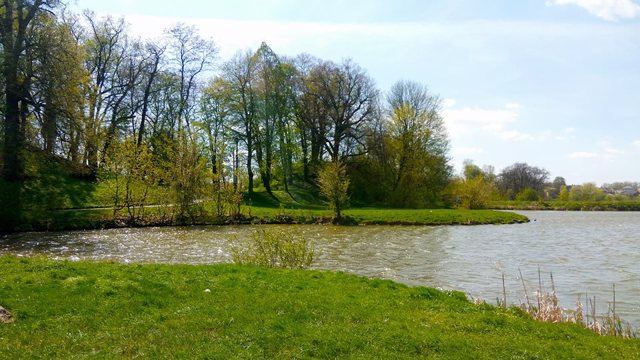Functional temporarily unavailable
General information about Horodok
The settlement with the simple name Horodok is located on the Vereshchytsia River to the west of Lviv. The E-40 international highway passes through it, leading from Lviv to the Ukrainian-Polish border crossing "Shehyni".
The city arose during the times of Kyivan Rus. It has been known since 1213 as the Horodok Solyany, a trade center and stronghold within the Galicia-Volyn principality. Controlled the export of salt to Europe.
After becoming a part of the Polish state, the Horodok received Magdeburg rights and began to develop actively due to the fact that it became a favorite vacation spot of the Polish king Vladyslav Yahaylo (in 1906, even the town was renamed Horodok Yahellonsky).
Du ...
The settlement with the simple name Horodok is located on the Vereshchytsia River to the west of Lviv. The E-40 international highway passes through it, leading from Lviv to the Ukrainian-Polish border crossing "Shehyni".
The city arose during the times of Kyivan Rus. It has been known since 1213 as the Horodok Solyany, a trade center and stronghold within the Galicia-Volyn principality. Controlled the export of salt to Europe.
After becoming a part of the Polish state, the Horodok received Magdeburg rights and began to develop actively due to the fact that it became a favorite vacation spot of the Polish king Vladyslav Yahaylo (in 1906, even the town was renamed Horodok Yahellonsky).
During the War of Independence, the Battle of Horodok took place here between Ukrainian-Moscow and Polish troops, and during the First World War, a battle between Russian and Austrian troops took place on the outskirts of Horodok.
The Gothic Ascension Church (XV-XVIII centuries), the church and cells of the defensive Franciscan monastery (1419) near the castle hill (the castle is not preserved), the Church of the Annunciation (1547), the wooden church of John the Baptist (1755), the town hall have been preserved (1832), water mill (XVI century), fragments of historical buildings.
The impression spoils the flow of transit transport and the spontaneous market atmosphere associated with it.
Населений пункт з нехитрою назвою Городок розташований на річці Верещиці на захід від Львова. Через нього проходить міжнародна траса Е-40, що веде від Львова до українсько-польського прикордонного переходу "Шегині".
Місто виникло за часів Київської Русі. Відоме з 1213 року як Городок Соляний, торговий центр і опорний пункт у складі Галицько-Волинського князівства. Контролювало експорт солі в Європу.
Увійшовши до складу польської держави, Городок отримав Магдебурзьке право та почав активно розвиватися завдяки тому, що став улюбленим місцем відпочинку польського короля Владислава Ягайла (в 1906 році навіть місто було перейменоване на Городок Ягеллонський).
За часів Визвольної війни тут ста ...
Населений пункт з нехитрою назвою Городок розташований на річці Верещиці на захід від Львова. Через нього проходить міжнародна траса Е-40, що веде від Львова до українсько-польського прикордонного переходу "Шегині".
Місто виникло за часів Київської Русі. Відоме з 1213 року як Городок Соляний, торговий центр і опорний пункт у складі Галицько-Волинського князівства. Контролювало експорт солі в Європу.
Увійшовши до складу польської держави, Городок отримав Магдебурзьке право та почав активно розвиватися завдяки тому, що став улюбленим місцем відпочинку польського короля Владислава Ягайла (в 1906 році навіть місто було перейменоване на Городок Ягеллонський).
За часів Визвольної війни тут сталася Городоцька битва між українсько-московськими та польськими військами, а під час Першої світової війни на околиці Городка відбулася битва між російськими та австрійськими військами.
Зберігся готичний Воздвиженський костел (XV-XVIII століття), храм і келії оборонного Францисканського монастиря (1419 рік) поряд з замковим пагорбом (замок не зберігся), Благовіщенська церква (1547 рік), дерев'яна церква Іоанна Хрестителя (1755 рік) , ратуша (1832 рік), водяний млин (XVI століття), фрагменти історичної забудови.
Враження псує потік транзитного транспорту і пов'язана з ним стихійно-ринкова атмосфера.
Сплануй своє перебування у Horodok
What to see and where to go in Horodok
Tourist attractions and museums of Horodok
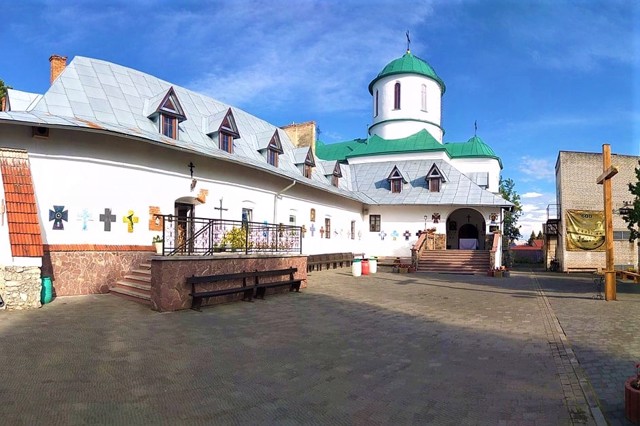
Holy Transfiguration Monastery
Temple , Architecture
The Holy Transfiguration Monastery is located in the southern part of the Old Rus settlement, which played a key role in the town-planning structure of Horodok during the times of the Galician principality.
The monastery was founded in Horodok in the 15th century, during the reign of the Polish king Vladyslav Yahaylo, as a monastery of the Catholic order of Franciscans. It was located above the lake next to the Market Square, in the immediate vicinity of the royal castle. The monastery was connected to the castle by an underground passage. According to legend, the heart of King Vladyslav Yahaylo was buried within the walls of the monastery.
After the partition of Poland in 1772, the Franciscan monastery was liquidated, barracks were placed in the cells, and the church was turned into a prison. During Soviet times, the complex fell into a dilapidated state.
In 1994, it was handed over to the Greek-Catholic monks of the Studite Statute for reconstruction and the establishment of a new monastery. Today it is the Holy Transfiguration Studite Monastery.
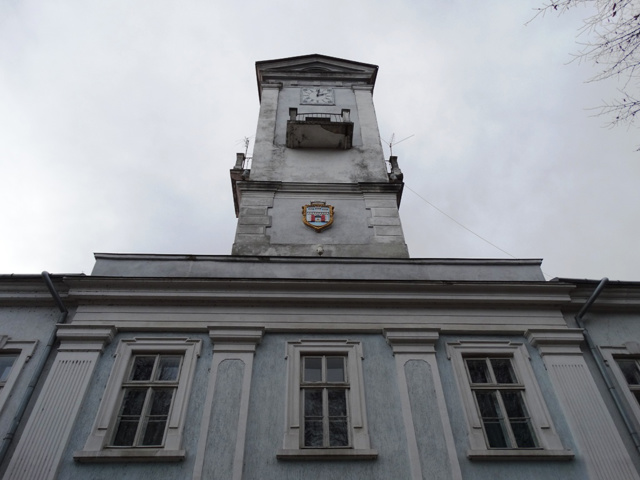
Horodok City Hall (Local Lore Museum)
Architecture , Museum / gallery
The Horodok City Hall in the classicist style was built in 1832 as the premises of the Horodok magistrate.
The two-story U-shaped building is crowned by a clock tower with small balconies, which houses a clock with four dials (year 2004) and the coat of arms of the city. Previously, the tower was completed by a pointed roof with a weather vane.
The building of the Horodotsk town hall is still used for its intended purpose - the Horodok City Council meets in it.
The first floor also houses the Horodok Historical and Local Lore Museum (2010).
A wide exposition of archaeological finds, household items and folk clothing is presented.
Separate stands are dedicated to the periods of the Liberation War of Bohdan Khmelnytsky (Battle of Horodok in 1655) and the liberation struggle of 1918-1920 (the Volchukhiv operation of the UGA).
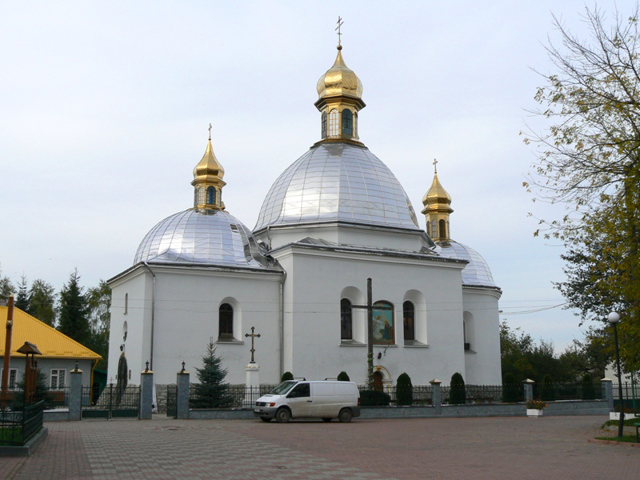
Annunciation of Holy Virgin Church
Architecture , Temple
The Church of the Annunciation of the Holy Virgin in Horodok was built in 1633 on the site of a wooden church that was moved here in 1547 from the suburbs.
In 1869, the perimeter walls were strengthened with an inclined stone plinth, and powerful buttresses were installed on the northern side. In the 1880s, wooden baths were replaced by stone ones. Later, a chapel was added to the northern wall. In the 1950s, an iconostasis was built in the church.
The Church of the Annunciation got its modern appearance as a result of numerous reconstructions. The last restoration was carried out in 1938.
As an architectural monument, the Church of the Annunciation in Horodok is an excellent example of Renaissance architecture in Ukraine.
Belongs to the Ukrainian Greek Catholic Church.
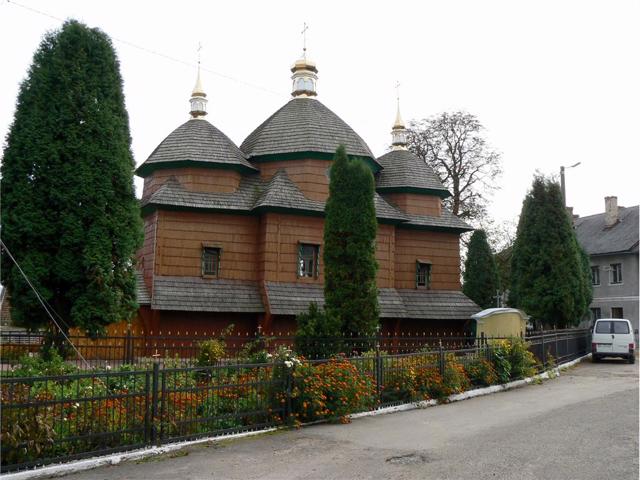
Beheading of Saint John the Baptist Church
Temple , Architecture
The wooden Church of the Beheading of Saint John the Baptist in Horodok is a sample of Galician folk architecture, one of the oldest Orthodox churches in Galicia.
Saint John's Church was founded in 1403 in the Cherlyanskyi suburb near the town of Horodok. It burned twice in the 17th and 18th centuries. It was rebuilt in its current form in 1755.
The wall painting was made by the artist Fedir Shcherbokoskyi in 1861. A small stone chapel of the Beheading of the Head of John the Baptist is attached to the church. In 1863, a three-tiered stone bell tower was built, which became a symbol of the city.
In Soviet times, the church was inactive, but in 1980 a complete restoration was carried out, which saved it from destruction.
The Church of John the Baptist in Horodok has the status of an architectural monument of national significance. Today it is an active church of the Orthodox Church of Ukraine.
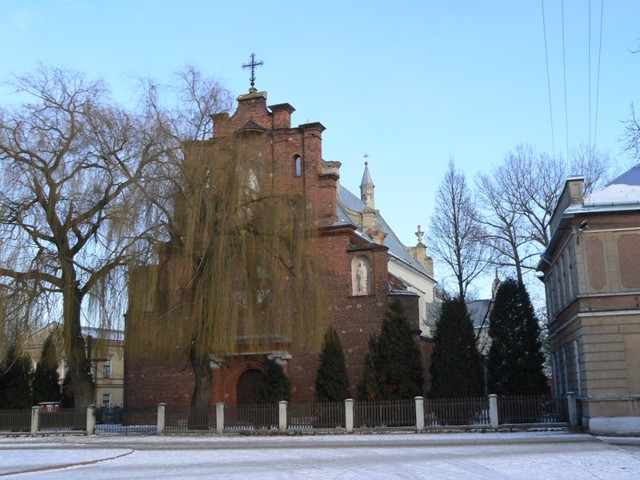
Exaltation of Holy Cross Church
Temple , Architecture
The Church of the Exaltation of the Holy Cross is the main Catholic church of the town, which existed already during the time of Vladyslav Yahaylo. In his image, the architectural techniques of various stylistic directions - Gothic, Baroque and modern - were originally combined.
Probably, the first wooden Exaltation Church was laid in 1372 by the Polish governor Vladyslav Opolchyk. In its current form, the traditional Gothic church was rebuilt in 1419. In the 16th century, reconstruction was carried out and a belfry with six bells was built, the largest of which was consecrated in 1753.
During the last reconstruction, carried out in the 1930s of the 20th century by the architect Bronislav Viktor, the western, largest part of the church was completed. The facade was decorated with sculptures of the Mother of God, the apostles Peter and Paul.
The interiors were completely destroyed during the Soviet rule.
Today, the Church of the Exaltation of the Holy Cross is active again.
Reviews Horodok
Geographical information about Horodok
| {{itemKey}} | {{itemValue}} |
|---|---|
| Region |
Lviv |
